![The Mohican Board! [Bumppo's Redux!] The Mohican Board! [Bumppo's Redux!]](images/wwwboard.gif) |
|
| Author |
 Topic Topic  |
|
|
James N.
Colonial Militia
   

USA

Bumppo's Patron since [at least]:
October 24 2007
Status: offline
|
 Posted - October 30 2012 : 9:52:12 PM Posted - October 30 2012 : 9:52:12 PM



|
Washington's repulse at Germantown served to highlight a problem for Sir William Howe, British commander in recently captured Philadelphia: how to supply his troops there. Now with some 11,000 mouths to feed, he couldn't simply send small foraging parties into the countryside because Washington's army still hovered nearby awaiting another chance to strike. Forcibly seizing food from the inhabitants would only antagonize the supposedly neutral Quakers and friendly Tory population that remained in the city. That left the prospect of using the ships of his brother Sir Richard Howe's fleet to bring supplies up the Delaware River. Thus ensued a little-known period sometimes referred to as the Siege of Philadelphia.
Image Insert:
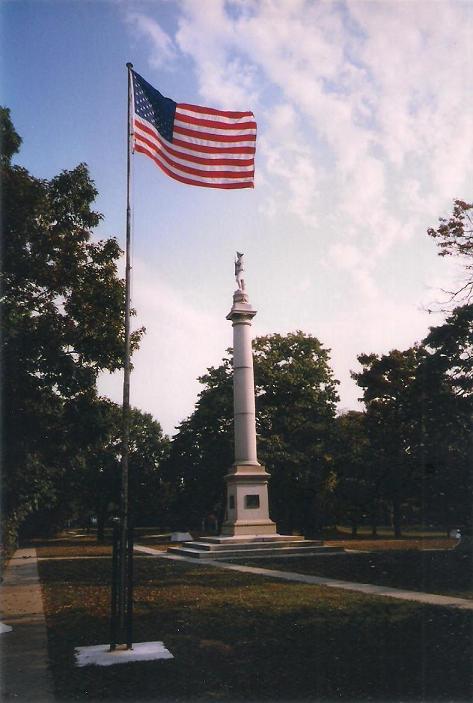
49.76KB
The flag flies over Fort Mercer and the Battle Monument at Red Bank, N. J.
Blocking access to the city were two earthen forts on either side of the Delaware about five miles downstream, Fort Mifflin on Mud Island just off the Pennsylvania shore, and Fort Mercer on the opposite Jersey shore. Fort Mifflin was inaccessable because it was on the low-lying mudbank, further protected by a swamp, and could only be shelled ineffectively at first by ships of the fleet. Fort Mercer seemed a better prospect, perched on a low bluff on the shoreline at Red Bank, and if it fell, so too would Mifflin because supplies for that fort had to be ferried across by night from Mercer. Howe turned the "opportunity" to capture Mercer over to the commander of his Hessian contingent, Gen. von Knyphausen, who in turn selected Col. Carl von Donop to cross the Delaware at Philadelphia and descend on it from the north on the Jersey side.
Image Insert:
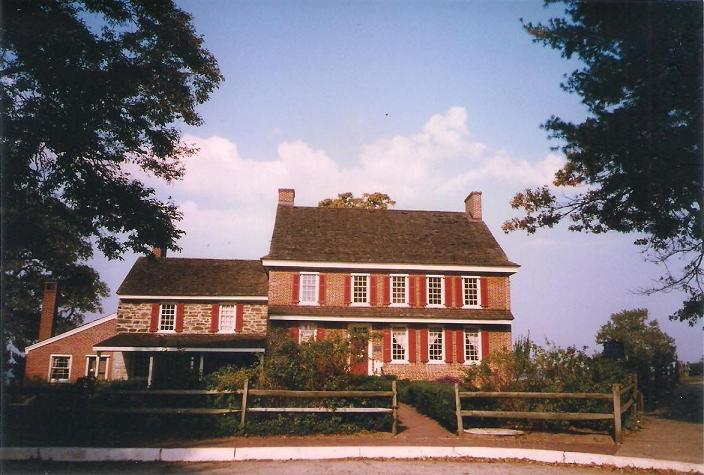
67.06KB
Just outside the earthworks is the James Whitall House, then a private residence but used as a hospital after the battle.
Image Insert:
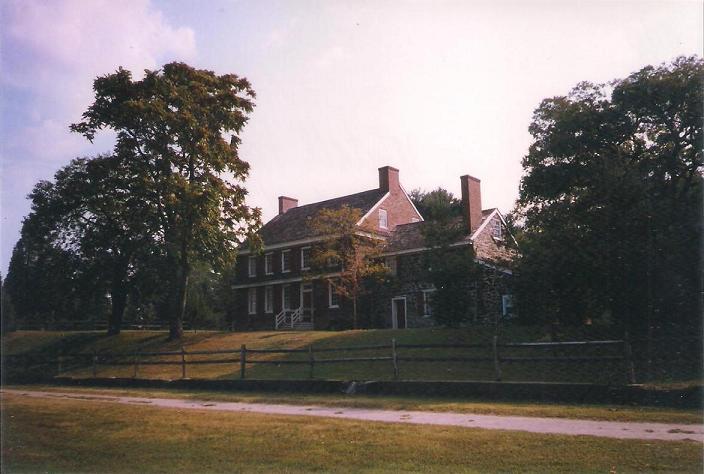
52.62KB
Above, the house's river front; below, as seen from the edge of the Delaware River. Fort Mercer is on the low bluff in the trees at the left.
Image Insert:
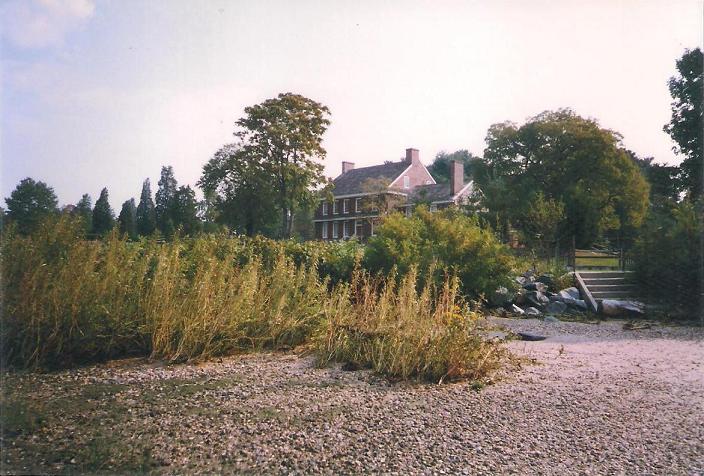
78.26KB
Fort Mercer was manned by a 400-man Rhode Island regiment commanded by Col. Christopher Greene, who would later lead the mostly-black 1st R. I. Rgt. in the 1778 Battle of Rhode Island. They were mainly watching the activities of the British fleet downriver, but the morning of Oct. 22 saw the approach of some 2000 Hessian troops led by Colonel von Donop. Along with the drunken Col. Johann Rall at Trenton and Lt. Col. Friedrich Baum at Bennington, von Donop seems to have been another of those blustering Germanic buffoons of Revolutionary legend who supposedly said, "Either the fort will soon be called Fort Donop or I shall have fallen"; it wasn't but he did!
Image Insert:
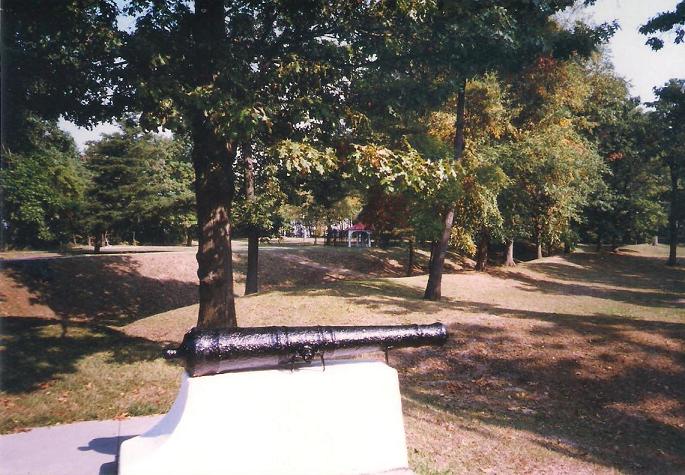
84.32KB
Period cannon on the outworks pointing towards the river. Note deep ditch behind; the defenders were assisted by the fact the fort had been divided inside by additional works enabling them to shorten their lines. Though the Hessians broke into the fort, they couldn't pass these unexpected "extra" defenses and were forced to retreat under a hail of fire leaving more than 400 casualties in the ditch, including their colonel. Altogether, Hessian losses were over 600, including those captured; the defenders lost fewer than forty men killed and wounded.
Image Insert:

78.28KB
Another American gun that supposedly burst at some time during the defense of Fort Mercer.
Image Insert:
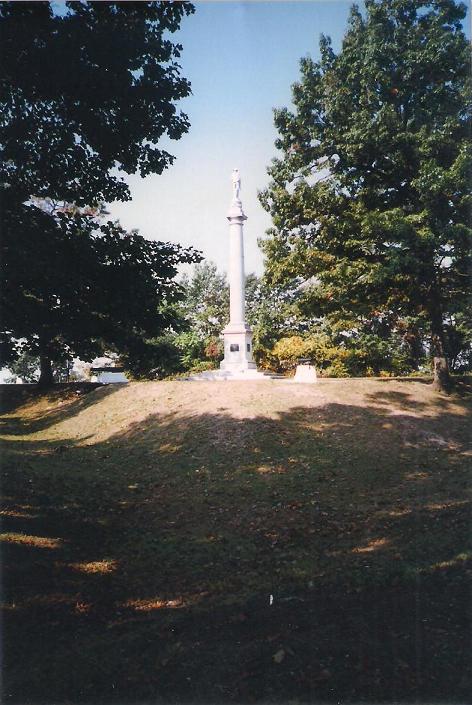
73.34KB
Foreground shows the northern salient and ditch of Fort Mercer with the Battle Monument which stands near the center of the fort in the background. It may have been near this area where von Donop fell mortally wounded leading the assault.
Image Insert:
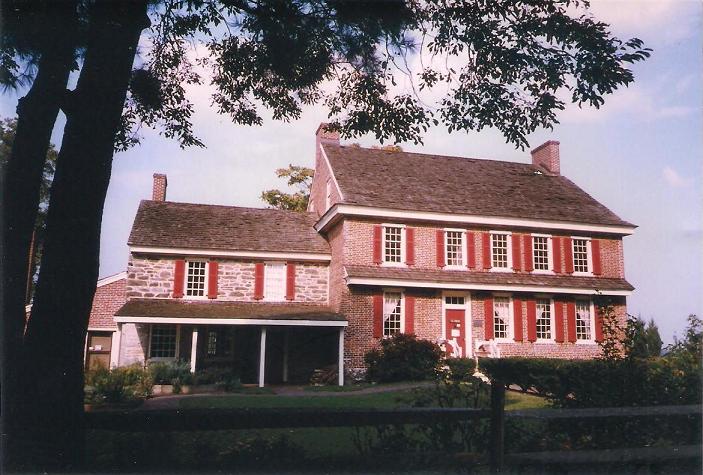
77.65KB
Taken to the Whitall House hospital, von Donop died three days later and is believed to have been buried along with the other Hessian dead in the wall of a redoubt that has long since eroded into the Delaware.
Image Insert:
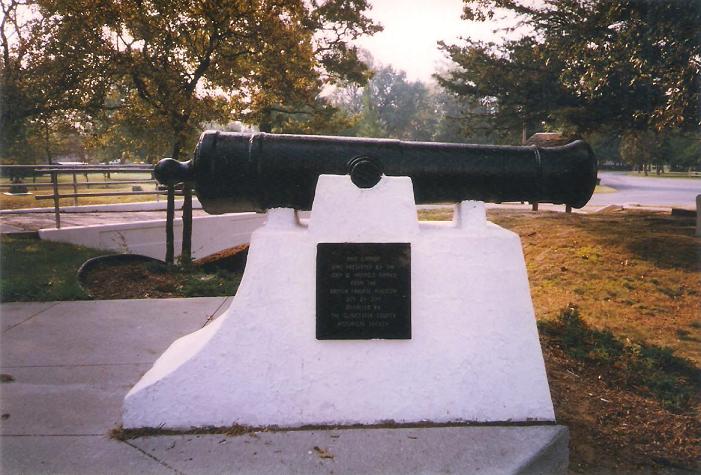
66.78 KB
Identified as a gun salvaged from the wreck of British frigate HMS Augusta that bombarded the American forts here in support of the Hessian attack. In another related British fiasco, Augusta and another frigate, HMS Merlin ran aground under the guns of Mercer and Mifflin; the next day, both were set afire by hot shot from the forts. Abandoned by their crews Merlin burned and Augusta exploded.
Image Insert:
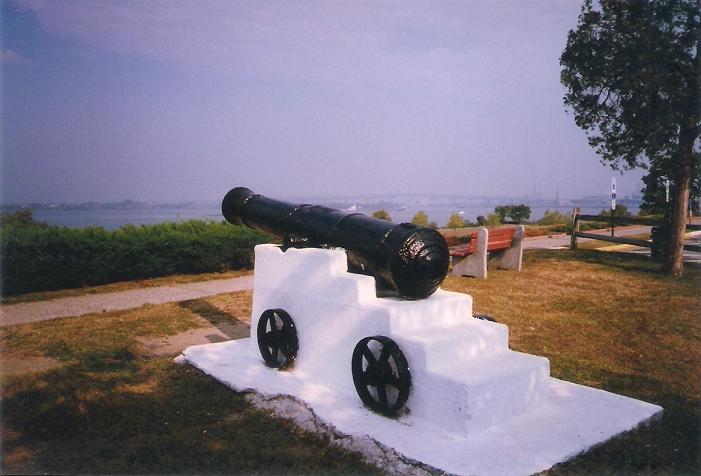
45.34 KB
Above and below, another British gun points out into the Delaware; note the iron wheels from a wooden naval or garrison-type truck or carriage and the cement mounting cast to resemble one. The British Royal GR cypher can still be seen atop the barrel.
Image Insert:
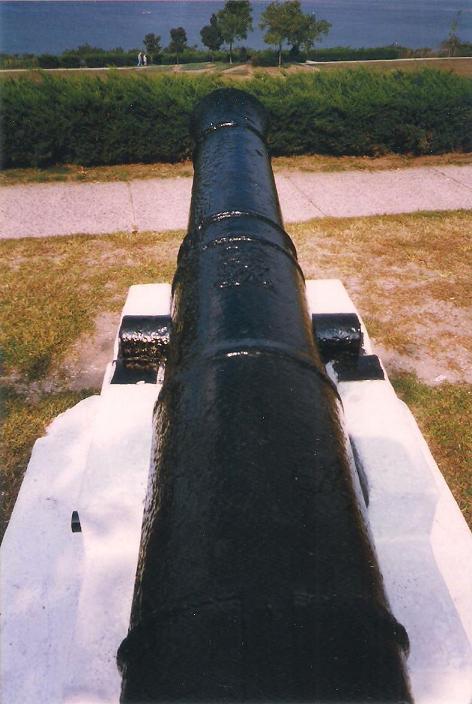
51.77 KB
Following the failure of the Hessians to take the fort by assault, Howe resorted to building batteries in the Pennsylvania swamp to bombard both forts, eventually battering Fort Mifflin so badly it suffered over 200 casualties and had to be evacuated the night of Nov. 15, but earning it the title "Alamo of the Revolution" among historians in tribute to the forty days it withstood all the British could hurl at it. When Mercer continued to hold out, Howe determined this time to send a larger force of 5,000 under Lord Cornwallis to do a more thorough job assaulting it. Realizing he was powerless to stop a force of that size, Col. Greene abandoned Fort Mercer the night of Nov. 20, 1777, thus ending the siege.
Image Insert:
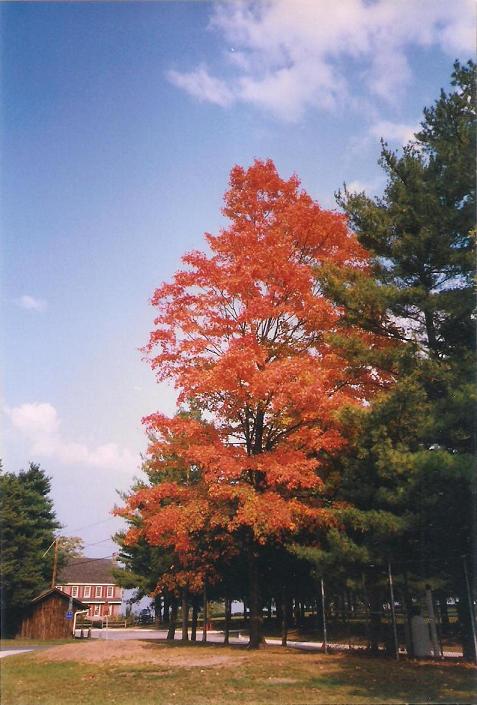
63.83KB
Today Fort Mercer and the Whitall House sit in a beautiful little park in a village called National Park, N. J.
|
|
report to moderator
|
|
| |
 Topic Topic  |
|
|
|
| The Mohican Board! [Bumppo's Redux!] |
© 1997-2024 - Mohican Press |
 |
|
| Current Mohicanland page raised in 0.44 seconds |
 |
|

![The Mohican Board! [Bumppo's Redux!] The Mohican Board! [Bumppo's Redux!]](images/wwwboard.gif)


